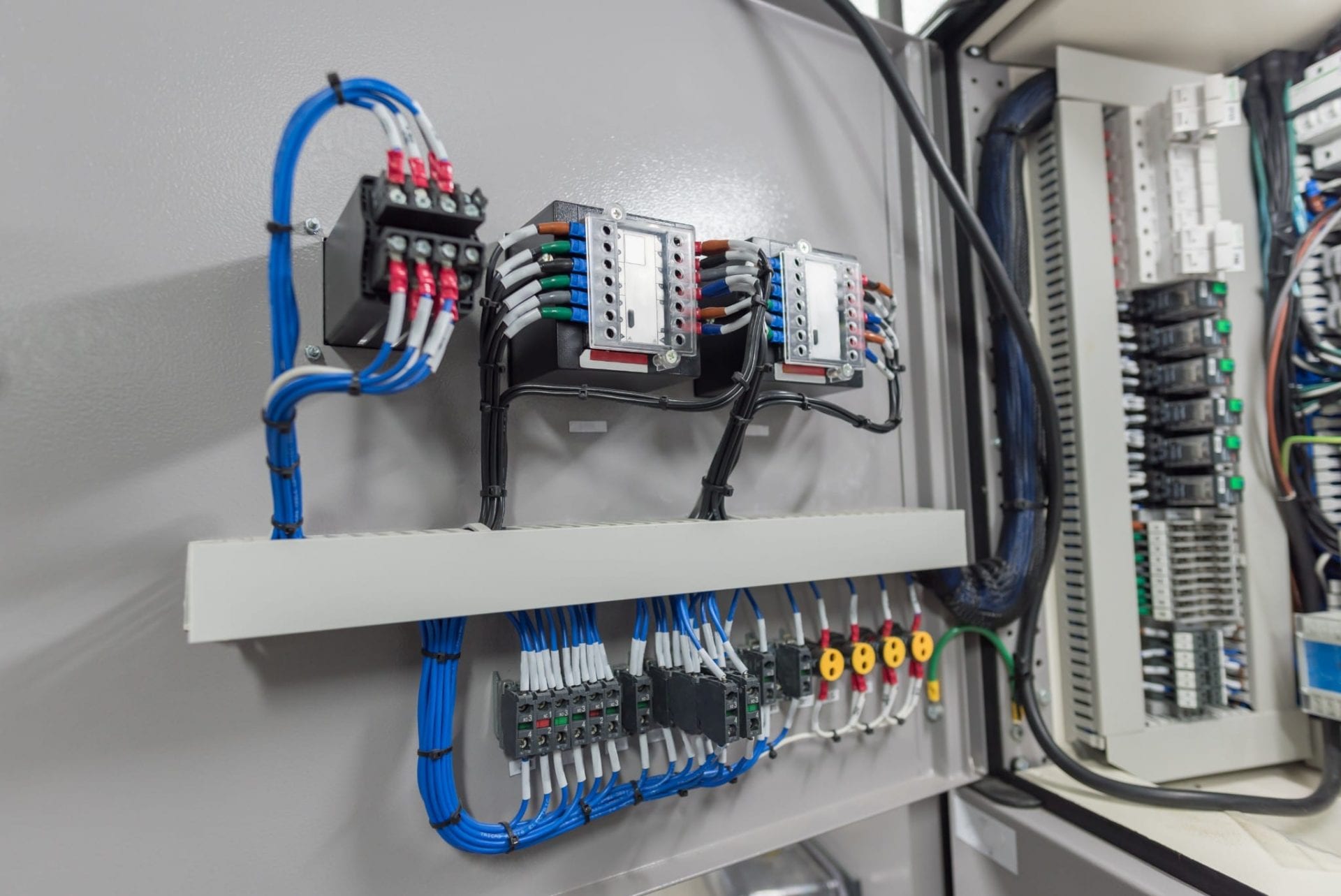Beginner's Guide to Electrical Wiring: Tips and Techniques for Safe and Effective Installation

The electrical wiring is an essential part of any home, and understanding it is important for every homeowner. Not only does it help to ensure the smooth functioning of your home but it’s also crucial for your security. In this article, we will discuss the basics of electrical wiring, the importance of safety, and the benefits of employing a licensed residential electrician for all your electrical wiring requirements.
Understanding the basics of electrical wiring
The electrical wiring refers to the set of electrical conductors that runs throughout your home, providing electrical power to your appliances, devices, and lighting fixtures. It functions by creating electrical circuits that connect your electrical power source and your appliances. Electrical circuits consist of switches, wires, along with other electronic components, which function to create a safe and efficient electrical system. There are different types of electrical wiring. These include copper, aluminum, and different types of wire insulation, such as PVC, rubber, or paper.
Preparation and Planning for Electrical Wiring
When installing an electrical wire, you must consider several aspects to take into consideration, such as the kind of wiring you’ll need, the size of your electrical system and the power requirements you require. In addition, it is essential to be aware of electrical wire regulations as well as permits needed in your area. To be prepared for electrical wiring, design an electrical plan, and then assess your electrical requirements. This will help to ensure your wiring system is secure efficient and effective, as well as meeting your power requirements.
Materials and tools required for Electrical Wiring
When installing new electrical wiring it is crucial to have the proper equipment and materials on hand. Tools that are essential include strippers, wire cutters pliers, as well as an electrical voltage tester. Other materials needed for electrical wiring comprise electrical tapes, wire nuts conduit along with electrical boxes. It’s also useful to be equipped with a wiring diagram to help you with the installation process.
Step-by-Step Guide to Electric Wiring Installation
The installation of electrical wiring is complicated however, with the right tools and knowledge, it can be done safely and efficiently. This is a step-by-step guide to installing electrical wiring at home:
Switch off the power in the area where you will be working.
Plan the wiring layout and mark the location where the wire will be placed.
Install conduit and electrical boxes when needed.
Cut and strip wires to the appropriate length.
Make sure you connect the cables to your fixture or device you’re wiring.
Secure the wires in place using wiring nuts, electrical tape, or even conduit straps.
Examine the wiring to confirm it is functioning properly.
During the installation process it is essential to follow the best wiring installation methods and suggestions. Also, be conscious of common mistakes you need that you should avoid while installing wiring, like over-loading the circuits of wires that are damaged or using the wrong kind of wire to accomplish the task.
Troubleshooting Electrical Wiring Problems
Even with careful design in the installation and design, wiring problems can develop. The most frequent issues are wiring problems, overloads in circuits as well as electrical shorts. To resolve these issues it is essential to be aware of common electrical wiring problems and understand how to effectively and safely tackle them. In addition, it is essential to adhere to electrical safety guidelines when attempting to solve electrical wiring problems like shutting off the power source and wearing safety gear.
Conclusion
In the end, knowing about how your electrical wiring is wired in your home is essential for your safety and for the proper operation that your electric system provides. It is essential to employ an accredited electrician to ensure your wiring is maintained and installed correctly. In Local Electrician Epping, we provide a range of electrical services, which include wiring installation and repair. Call Local Electrician Epping at 1300 610 481 to discuss all your electrical wiring requirements.
Electrical Wiring FAQ
Here are some commonly asked questions related to electrical wiring. They also include other safety guidelines and the best practices for electrical wiring repair and installation:
What type of wire should I use for my electrical wiring?
The type of wire you should use for your electrical wiring will depend on the particular requirements of your project and the local building code. It is essential to choose the appropriate gauge of wire as well as the appropriate insulation type and wire material to ensure security and effectiveness of your electrical system.
Can I install my own electrical wiring?
While it is feasible to build the wiring yourself, it’s important to have the right expertise and experience to complete the task in a safe and efficient manner. In most cases it is recommended that you engage an experienced electrician to ensure that the wiring is installed and maintained correctly.
How often do I need to be having my electrical wiring checked?
It is suggested to have your electrical wiring inspected every 10 years or when you observe signs of electrical problems for example, frequent trips to the circuit breaker or electric shocks.
What should I do if find electrical wiring issues in my home?
If you notice any electrical wiring issues in your home, such as flickering lighting or outlets that do not function, it’s important to address them immediately. Shut off power to the affected area and then contact a licensed electrician to determine and fix the issue.
If you follow these guidelines and the best practices, you can make sure that your electrical wiring is secure and working properly. Make sure you are taking safety into consideration and consult with a licensed electrician whenever you need to. Contact Local Electrician Epping at 1300 610 481 for all your electrical wiring needs.
